Xinhua News Agency, Shanghai, February 2, reported that the third-generation semiconductor materials represented by silicon carbide (SiC) are the driving factor and important guarantee for the transformation and upgrading of my country's manufacturing industry. The reporter learned from the Institute of Microelectronics of the Chinese Academy of Sciences that my country has successfully verified the first domestically produced silicon carbide (SiC) power device in space, and the third-generation semiconductor materials are expected to drive the upgrading of my country's aerospace power supply.
According to Liu Xinyu, a researcher at the Institute of Microelectronics of the Chinese Academy of Sciences, power devices are the core of realizing electric energy conversion and control. They are known as the "heart of the power electronics system" and are one of the most basic and widely used devices.
As the performance of silicon-based power devices approaches its limit, third-generation semiconductor materials represented by silicon carbide (SiC) can meet the needs of high energy efficiency, miniaturization and lightweight of space power systems with their unique advantages, and are of great strategic significance to the development of the new generation of aerospace technology.
On November 15, 2024, the silicon carbide (SiC) payload system jointly developed by Liu Xinyu and Tang Yidan's team from the Institute of Microelectronics of the Chinese Academy of Sciences and Liu Yanmin's team from the Space Application Engineering and Technology Center of the Chinese Academy of Sciences flew into space on the Tianzhou-8 cargo spacecraft, starting its journey of orbital scientific experiments on the space station.
"The main task of this mission is to conduct space verification of domestically developed, high-voltage, radiation-resistant silicon carbide (SiC) power devices, and to verify their application in aerospace power supplies. At the same time, we will conduct scientific research on comprehensive radiation effects, gradually improve the power of my country's aerospace digital power supplies, and support future single power modules to reach the kilowatt level." Liu Xinyu said.
After more than a month of on-orbit power-on testing, the silicon carbide (SiC) load test data was normal, and the high-voltage 400V silicon carbide (SiC) power device on-orbit test and application verification were successfully carried out. The static and dynamic parameters in the power system were in line with expectations.
Industry experts believe that my country's successful verification of power devices made of third-generation semiconductor materials in space indicates that under the space payload demand measured in "grams", silicon carbide (SiC) power devices are expected to drive the upgrading of space power systems and provide a new generation of power devices for my country's future in the fields of lunar exploration, manned lunar landing, deep space exploration and so on.
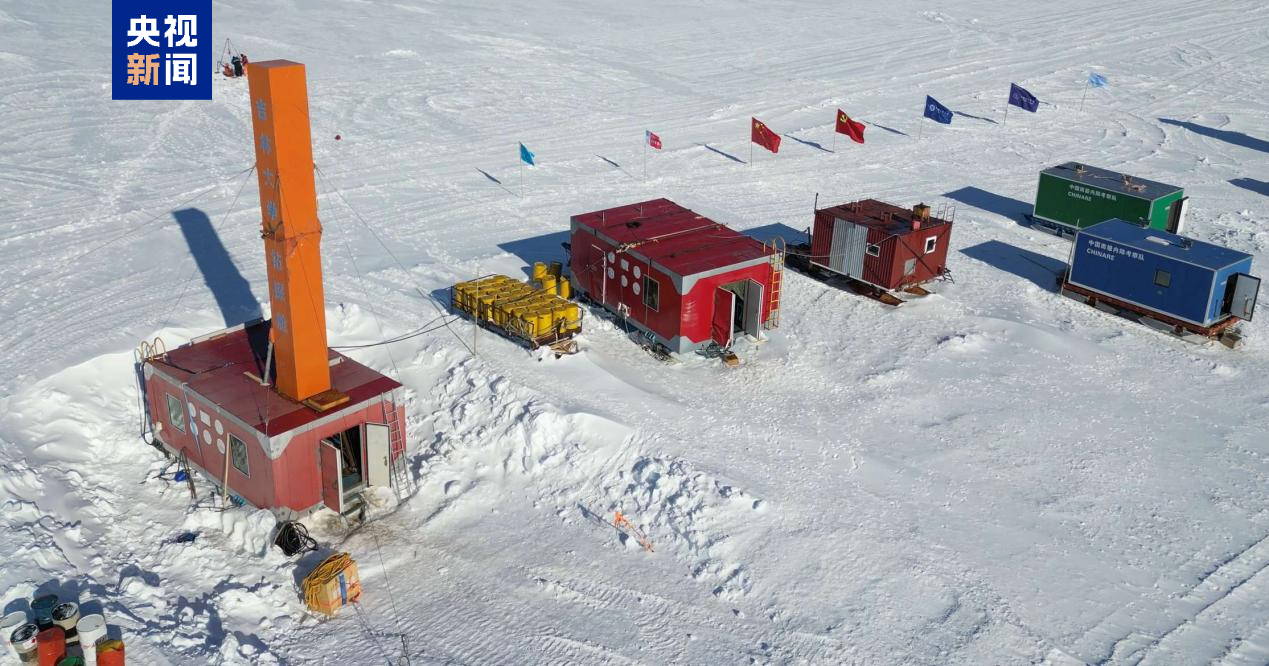
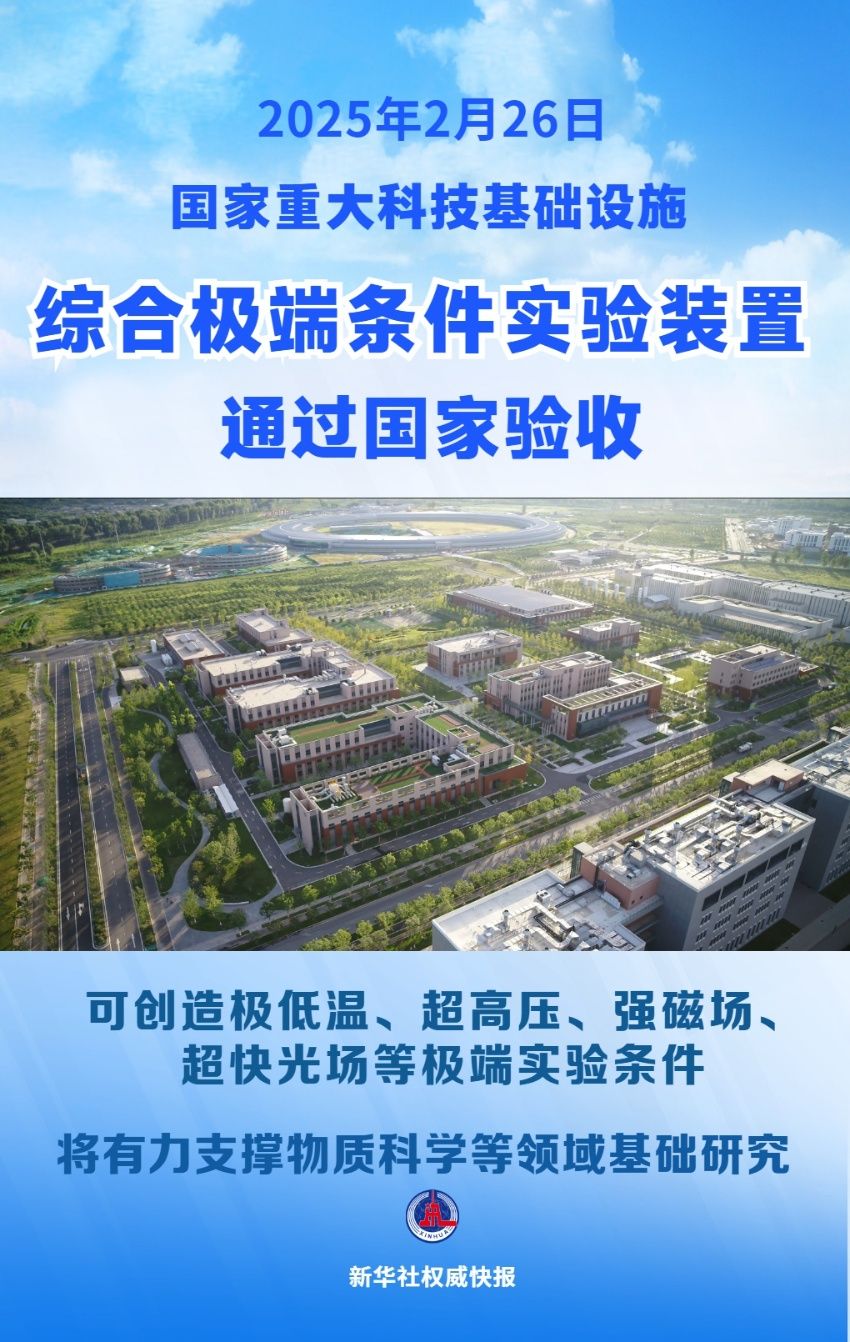

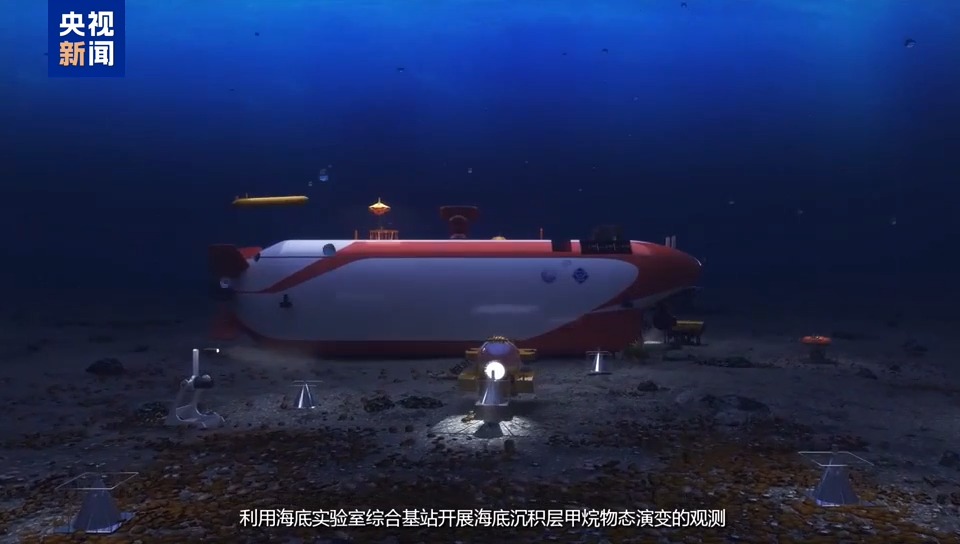
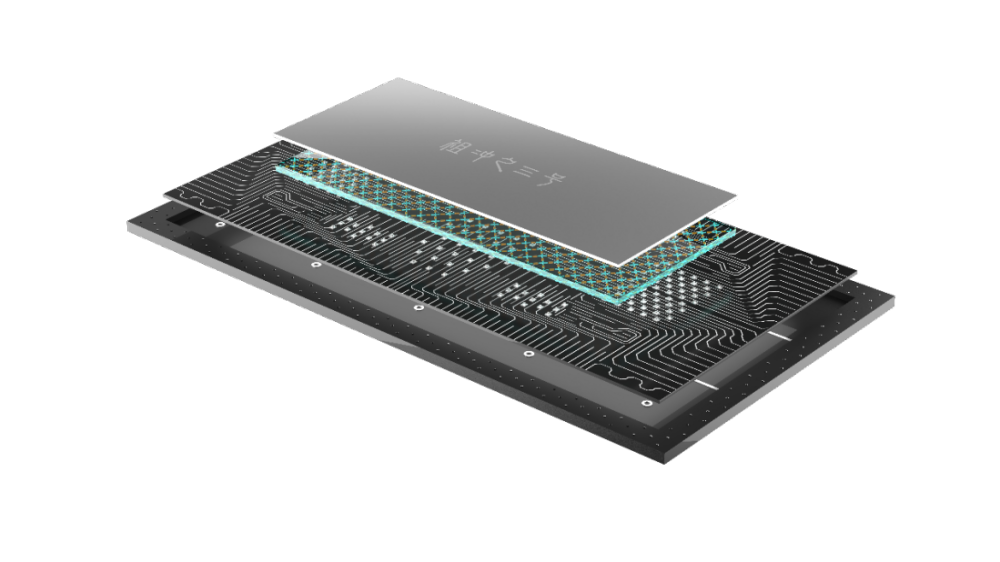

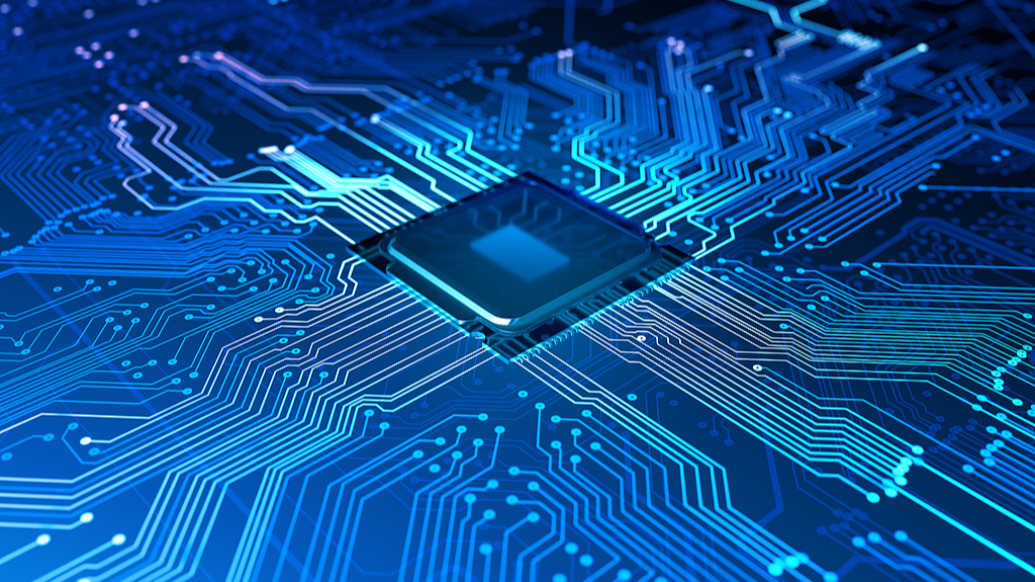
Comments